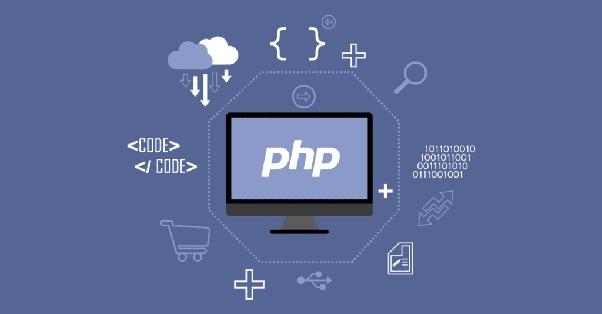When managing a Debian server, it’s crucial to keep your PHP version up to date to ensure the security and performance of your web applications. Sometimes, you might need to upgrade PHP to a specific version to meet the requirements of your web projects. In this guide, we will walk you through the process of upgrading PHP to a specific version on your Debian server. This is a common task for users who have opted for storage hosting and are looking to optimize their server environment.
Understanding Storage Hosting
Before we dive into the process of upgrading PHP on your Debian server, let’s briefly discuss storage hosting. Storage hosting, or cloud storage hosting, is a service that provides users with a secure and scalable platform to store and manage data and applications. Users can rent storage space and resources from a hosting provider, making it an excellent choice for data backup, file sharing, and application hosting. It’s particularly beneficial for users who require high-capacity storage and reliable data accessibility.
Users often opt for storage hosting to meet various needs, such as:
- Data Backup: Storing backups of critical data and files to prevent data loss.
- File Sharing: Sharing files and documents with colleagues or clients securely.
- Application Hosting: Running web applications, databases, and content management systems on a scalable infrastructure.
- Archiving: Storing historical data and records for compliance or reference purposes.
Now, let’s proceed with the steps to upgrade PHP to a specific version on your Debian server.
Prerequisites
Before you start the PHP upgrade process, ensure that you have the following prerequisites:
- Access to Your Debian Server: You should have SSH access to your server with administrative privileges.
- Debian OS: Your server is running Debian as the operating system. This guide is tailored to Debian, and the steps may vary on other Linux distributions.
- Determine the PHP Version: Know the specific PHP version you want to upgrade to. This information is crucial for the process.
Step 1: Update Your System
Before upgrading PHP, it’s essential to update your system to ensure you have the latest package information. Open your terminal and run the following commands:
sudo apt update
sudo apt upgrade
This will refresh your package list and install available updates.
Step 2: Add the PHP Repository
To upgrade PHP to a specific version, you’ll need to add a repository that contains the desired version of PHP. In this example, we’ll use the Ondřej Surý’s PHP repository, which provides multiple PHP versions. Run the following commands to add the repository:
sudo apt install software-properties-common
sudo add-apt-repository ppa:ondrej/php
Step 3: Install the Desired PHP Version
Now that you have added the repository, you can install the specific PHP version you need. Replace X.Y with the desired version, e.g., 7.4 for PHP 7.4.
sudo apt install phpX.Y
For instance, to install PHP 7.4, you would run:
sudo apt install php7.4
Step 4: Verify the PHP Version
You can verify the PHP version to ensure it has been upgraded successfully by running:
php -v
This command should display the new PHP version you installed.
Step 5: Update PHP Modules and Extensions
After upgrading PHP, it’s a good practice to update PHP modules and extensions to match the newly installed version. You can do this by running the following commands:
sudo apt install phpX.Y-common phpX.Y-mysql phpX.Y-xml phpX.Y-bcmath phpX.Y-json phpX.Y-mbstring phpX.Y-zip phpX.Y-gd phpX.Y-curl
Replace X.Y with your new PHP version.
Step 6: Restart Your Web Server
If you are using a web server like Apache or Nginx, it’s important to restart it to apply the changes. Use the following commands to restart your web server, replacing webserver with the actual name of your web server (e.g., apache2 or nginx):
sudo systemctl restart webserver
It is imperative that you update your PHP installation on your Debian server to a specified version in order to guarantee that your web applications work smoothly and safely. You may simply customize your server to the requirements of your projects if you follow the procedures that are provided in this article and use them as a guide.
If you’re in search of powerful hosting solutions, including 10Gbps unmetered dedicated servers, consider VSYS Host. In order to cater to the requirements of demanding applications and data-intensive workloads, they provide high-performance dedicated servers that are connected to lightning-fast networks. VSYS Host is able to give the services you require at pricing that are more affordable than those offered by other companies, whether you are searching for storage hosting solutions or high-speed hosting. Choose the most appropriate hosting provider for each of your projects in order to get the most out of your server environment.
